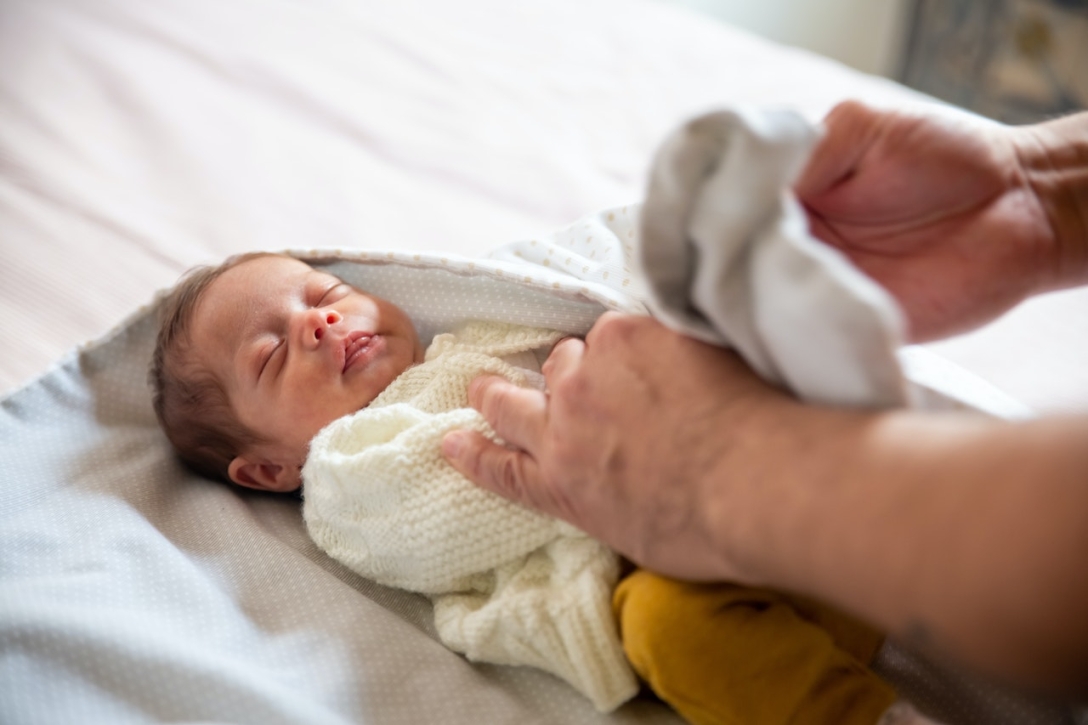In recent days, the discussion on the issue of mobilization in Ukraine has resumed, especially in connection with the decrease in the age of mobilized persons. According to The New York Times, the draft of more men in their 20s may lead to a decrease in the birth rate in Ukraine. Such theses become the subject of reflection by domestic and foreign experts.
Ukrainian experts confirm the presence of a demographic crisis in the country, pointing to several key reasons. One of them is the increase in the mobilization and sending of young men to military service. According to research, this can significantly affect the structure of the population and the birth rate.
In addition, experts point to other factors affecting the demographic situation in Ukraine. In particular, these are the lack of an effective state policy on family support, the low level of social protection for young families, economic instability and the lack of opportunities for career growth.
Reducing the age of the mobilized will affect the birth rate in Ukraine, because it can threaten the economy of Ukraine, writes NYT.
"Experts believe that in Ukraine, as in most former republics, there are few 20-year-olds. During the deep economic crisis and depression in the 1990s, the birth rate decreased significantly. Conscripting more men in their 20s into the army will reduce the birth rate," the article says. They note: the conscription of more men in their 20s, taking into account the likely combat losses, would lead to the risk of a decrease in the number of Ukrainians born in this small generation, which would lead to a reduction in the number of men of conscription and working age decades later and would jeopardize the security and economy of the country in the future.
According to the Ministry of Justice, 187,387 babies were born in Ukraine in 2023.
The most newborns were registered in Kyiv - almost 20,000 children.
16,600 children were born in Lviv Oblast, 14,400 in Dnipropetrovsk Oblast, 13,700 in Odesa, 10,800 in Kyiv, 9,500 in Rivne, and 9,450 in Transcarpathia.
Compared to 2022, when 206,032 babies were born, the birth rate decreased by 9%, Opendatabot statistics show. In general, in the first year of the invasion, the number of newborns dropped sharply by 25%. For comparison, in the period from 2010 to 2013, about 500,000 children were born in Ukraine per year.
In general, a decrease in the birth rate in Ukraine has been observed since 2013. From then until the start of the full-scale war, 6-7% fewer children were born each year.
Birth rate in Ukraine: how it changed from year to year
| Year | Fertility (number of newborns) |
| 2010 | 497 689 |
| 2011 | 502 595 |
| 2012 | 520 705 |
| 2013 | 503 657 |
| 2014 | 465 882 |
| 2015 | 411 781 |
| 2016 | 397 037 |
| 2017 | 363 987 |
| 2018 | 335 874 |
| 2019 | 308 817 |
| 2020 | 299 058 |
| 2021 | 273 772 |
| 2022 | 206 032 |
| 2023 | 187 387 |
| Source: Opendatabot |
Not only mobilization: what are the main causes of the demographic crisis in Ukraine
Economist, financial analyst Oleksiy Kush explained to Focus the prerequisites of the demographic crisis in Ukraine and added that the mobilization age plays an indirect role here.
Over the past 10 years, the population of Ukraine has decreased significantly, and experts are sure that this is a demographic catastrophe
"The demographic crisis has structural prerequisites in Ukraine. We have a certain specificity: permanent economic crises, the lack of a positive development scenario, and the lack of social state support for the birth of children have an impact. The state does not create significant social capital for mothers who give birth to children. There is no assistance in the socialization of women after the birth of children, i.e. their return to work, there is no support for raising children from the state. Well, plus a colossal migration from the country, which before the war was associated with economic factors, and now - with military factors. Before the war, people emigrated for economic reasons, now millions leave because of the war. Therefore, lowering the conscription age can simply further increase the emigration of teenagers from the country, whose mothers will try to take them abroad. In this regard, the mobilization factor can influence in a certain way, albeit indirectly," the expert noted.
According to him, Ukraine is not experiencing a demographic crisis, but a demographic catastrophe.
"A crisis is when the population decreases by 5%, for example. And our population has decreased by almost 1.5 times since 2013. This is no longer a crisis, but a catastrophe. The birth rate (0.7) is one of the lowest in the world. The birth rate has decreased to the level of accidental births of children. In our country, for example, before the war, more than 300,000 children were born, and now it is 70,000, so there is a drop of almost two times. This is no longer a crisis, but a demographic catastrophe of a national scale," he added.
Economist, director of economic programs of the Ukrainian Institute of the Future Anatoly Amelin confirms that the mobilization age is not the reason for the low birth rate in Ukraine.
He also named three main factors that directly affect the demographic situation:
- unpredictability,
- lack of ability to plan the future,
- limitation of financial resources in the absence of a state policy of compensation and stimulation.
"When a couple has children, their expenses increase. And there is no government policy on incentives and compensation. So, women who want to give birth are faced with a dilemma: either work, feel comfortable and live well, or lose their income and increase their expenses. Therefore, the economic issue is the main reason why people do not want to give birth. Unpredictability, financial issues and lack of government policy to support such families. What the state offers does not stimulate. And mobilization does not face this issue in any way," he said.
Meanwhile, according to the UN, more than 6 million citizens have left Ukraine since the beginning of the full-scale Russian invasion. This was reported by Reuters with reference to the UN Refugee Agency.
Most of the refugees left for the EU through the borders with Poland, Slovakia, Hungary and Romania. More than 3.3 million have crossed the border into Poland and, according to the Polish government, about half of them may remain in the country for a long time.



